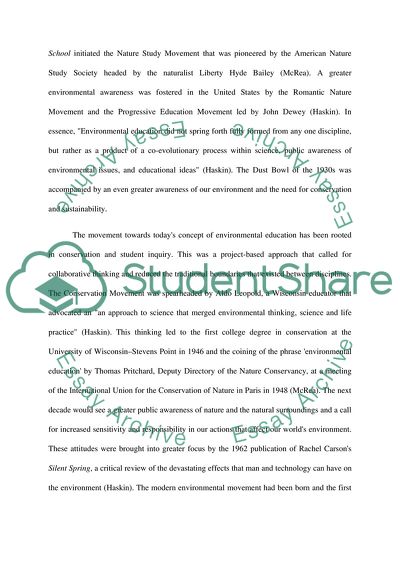Cite this document
(Environmental Education and the United States Policy That Supports It Term Paper, n.d.)
Environmental Education and the United States Policy That Supports It Term Paper. https://studentshare.org/environmental-studies/1822281-environmental-education-and-us-policy-that-supports-it
Environmental Education and the United States Policy That Supports It Term Paper. https://studentshare.org/environmental-studies/1822281-environmental-education-and-us-policy-that-supports-it
(Environmental Education and the United States Policy That Supports It Term Paper)
Environmental Education and the United States Policy That Supports It Term Paper. https://studentshare.org/environmental-studies/1822281-environmental-education-and-us-policy-that-supports-it.
Environmental Education and the United States Policy That Supports It Term Paper. https://studentshare.org/environmental-studies/1822281-environmental-education-and-us-policy-that-supports-it.
“Environmental Education and the United States Policy That Supports It Term Paper”. https://studentshare.org/environmental-studies/1822281-environmental-education-and-us-policy-that-supports-it.


